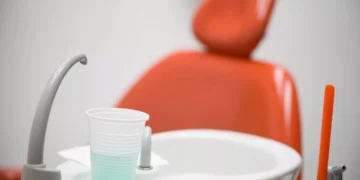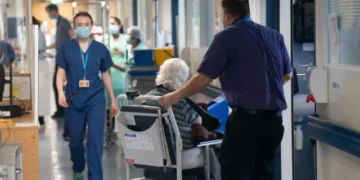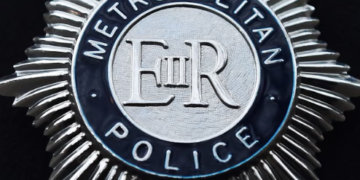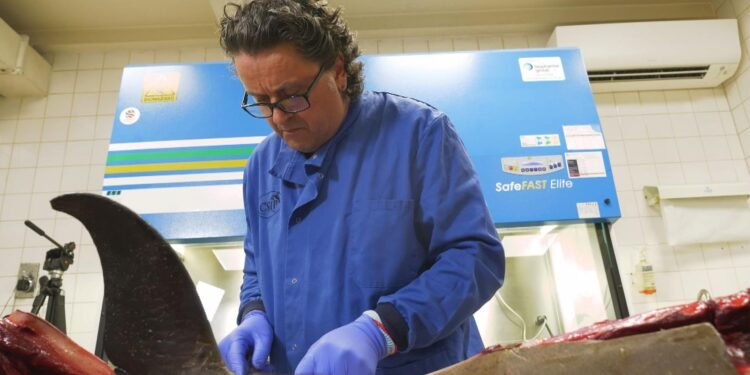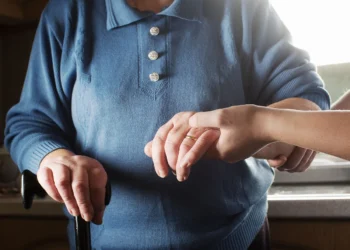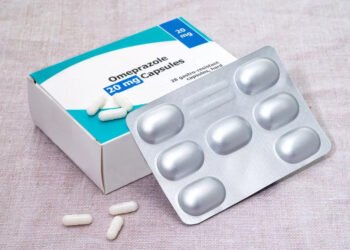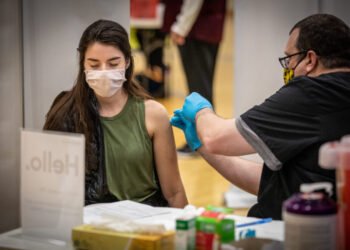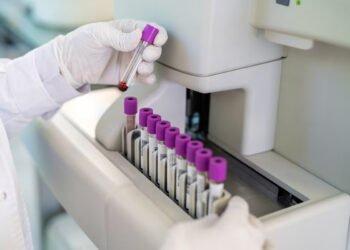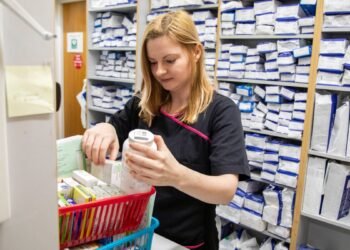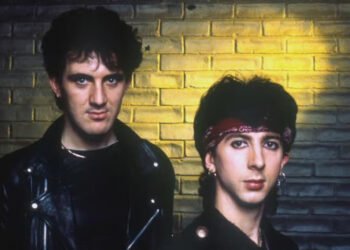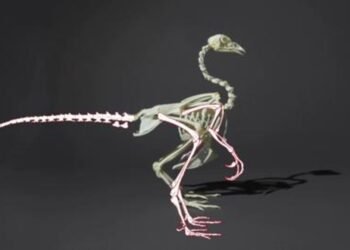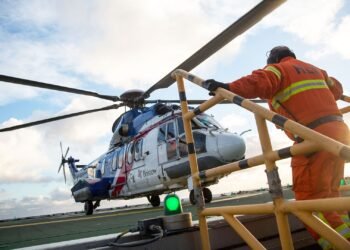Published: 04 August ‘2025 | The English Chronicle Desk
In a quiet, sterile room at the Zoological Society of London, the lifeless body of a harbour porpoise lies stretched on a cold steel table. Once a graceful swimmer in the British seas, it is now the subject of a grim dissection — not for curiosity, but for answers. This scene is part of the vital yet often overlooked work carried out by the Cetacean Strandings Investigation Programme (CSIP), led by biologist Rob Deaville. Over the past 30 years, this real-life marine CSI team has conducted more than 4,500 necropsies on sea animals like dolphins, whales, seals, and sharks, each case revealing harrowing truths about the modern ocean.
The victims of this investigation are not the result of natural predation or illness alone. Many are casualties of human impact — drowned in fishing nets, struck by boats, disoriented by sonar, or entangled in synthetic waste. One haunting example is a minke whale found dead in East Yorkshire in 2020. A mass of rope and fishing line, encrusted with barnacles, had sliced through its flukes, crippling its ability to swim and forcing it to starve. “A four-kilogram mass of rope effectively killed a 10-tonne whale,” says Deaville. “It’s a horrendous way for that animal to go.”
While such large entanglements are not common in UK waters, Deaville warns that the problem is growing. With increasing plastic pollution, the UK’s seas could mirror the Mediterranean — a region now notorious for plastic-related marine deaths. The CSIP team isn’t just documenting tragedy; they’re also collecting invaluable data on the pressures marine life faces today — from disease and climate-induced habitat shifts to the far-reaching presence of microplastics.
Microplastics are particularly insidious. Recent studies from ZSL and the University of Exeter have found microplastic fragments in the stomachs of every stranded whale and dolphin examined on UK shores. Even more alarmingly, smaller nanoplastics are being detected in nearly every tissue of marine mammals — including the brain. Though the full health impacts are not yet known, scientists fear the toxic additives in plastics and the bacteria that cling to them could have widespread biological consequences.
The harbour porpoise under the knife, however, didn’t fall prey to plastic. Instead, it suffered a brutal fate at the beak of a bottlenose dolphin — a violent behaviour that researchers still don’t fully understand. Despite this, the dissection yields more than just a cause of death; it exposes the invisible threads of human-induced change woven into the ocean’s fabric.
Professor Heather Koldewey, a marine biologist with ZSL, puts it bluntly: “We’ve got these little balls of toxicity that are now floating around the ocean, being ingested by a range of species from the bottom to the top of the food chain. What we’re really starting to unpick now, is what impact is that having.”
With every autopsy, the CSIP team unravels another part of the story — a story of oceans under siege from pollution, climate disruption, and often, our collective indifference. In peeling back the skin of the sea’s silent victims, they aren’t just revealing how these creatures die. They’re showing us how we are all, in some way, complicit.



